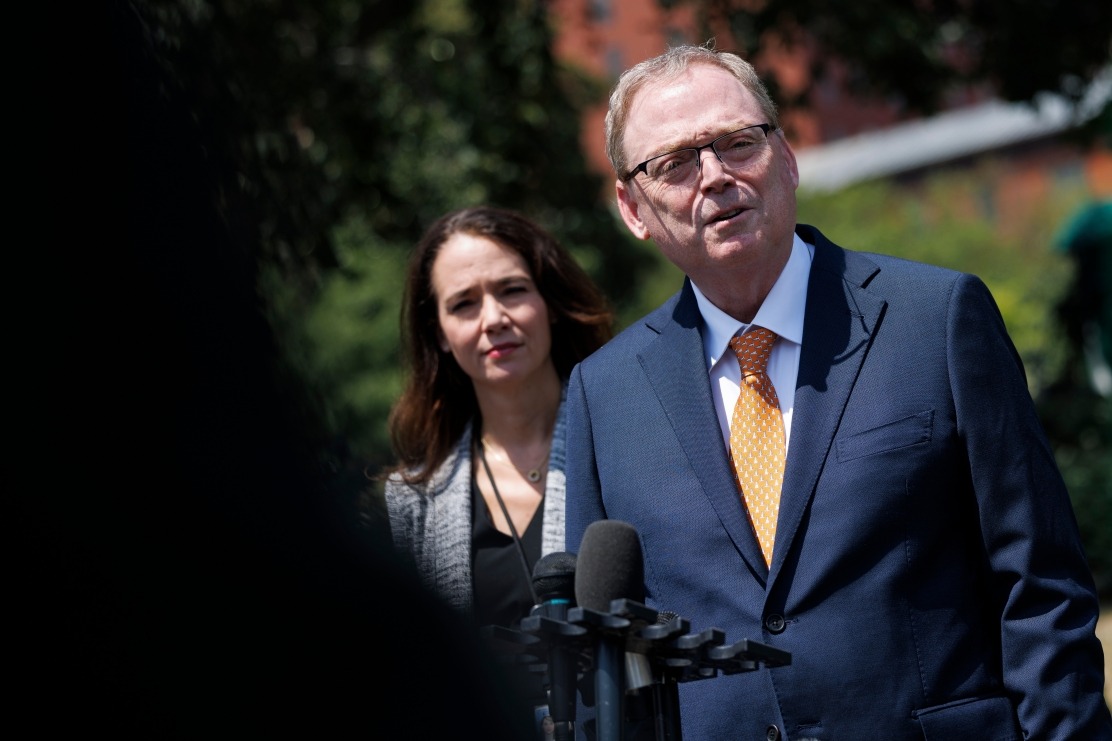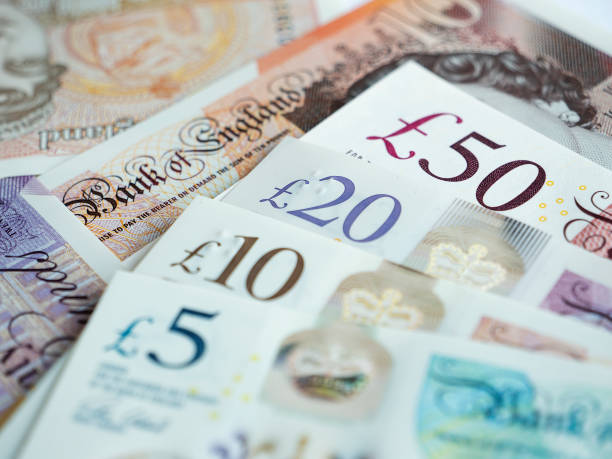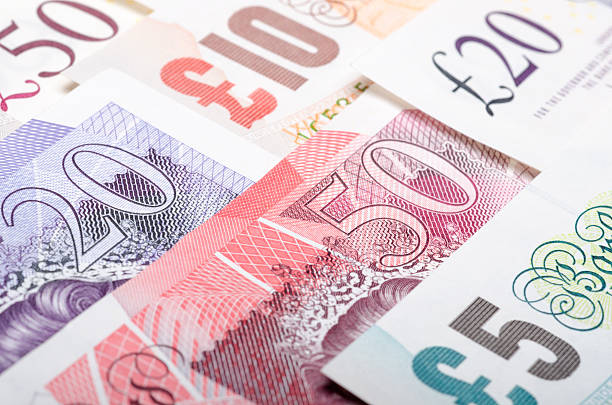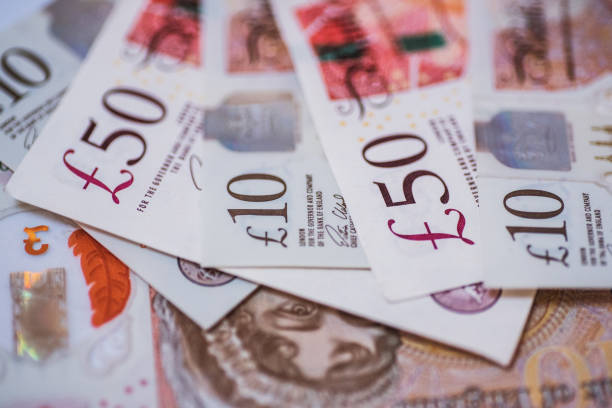UK: Pound Surges, But Chasing Highs Needs Caution

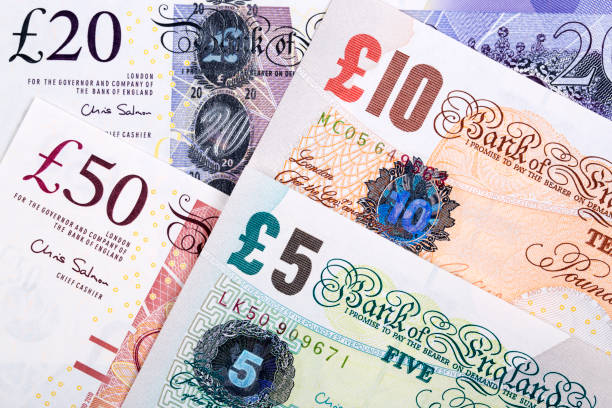
Executive Summary
TradingKey - In the short term (0–3 months), we expect the British pound to continue appreciating against the US dollar, driven by two key factors. First, the Bank of England is anticipated to slow its interest rate cuts, while the Federal Reserve is expected to resume its rate-cutting cycle, supporting a stronger pound. Second, fiscal policy tightening has mixed effects on the pound’s exchange rate. The current account effect, driven by the UK’s significant net imports of goods and net exports of services, tends to bolster the pound, outweighing the capital account’s negative impact. As a result, the net effect of tightening fiscal policy is likely to push the pound higher against the dollar. However, short-term risks stem from the UK economy’s persistent weakness. In the medium term (3–12 months), as signs of US economic slowdown spread globally, the world economic outlook may dim. During this period, the US dollar, as a safe-haven currency, could strengthen, indirectly pressuring the pound. In conclusion, while the pound has room to rise against the dollar in the near term, the UK’s economic risks and medium-term bearish outlook suggest investors should exercise caution when chasing pound gains.
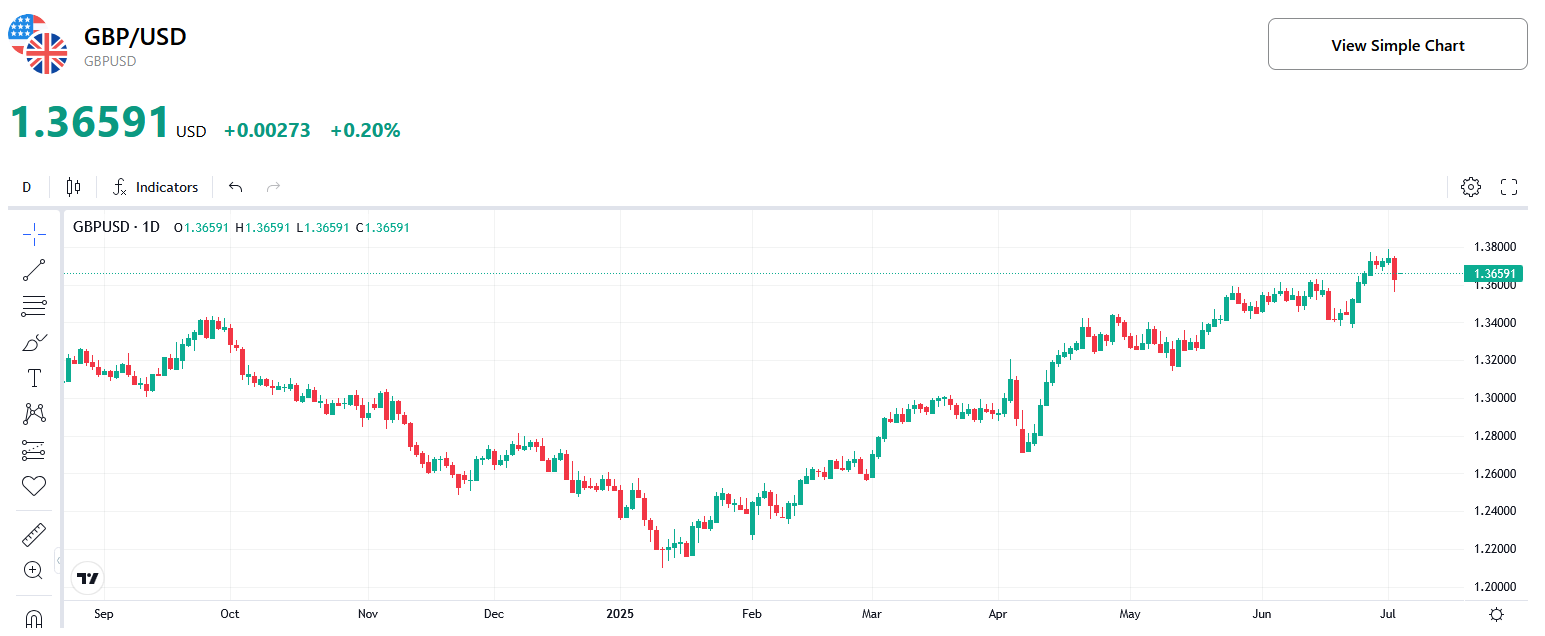
Source: TradingKey
* Investors can directly or indirectly invest in the foreign exchange market through passive funds (such as ETFs), active funds, financial derivatives (like futures, options and swaps), CFDs and spread betting.
1. Recent Forex Trends
Since the start of the year, the British pound has shown significant strength against the US dollar. The GBP/USD exchange rate has climbed steadily from a January low of 1.21, recently surpassing the 1.36 mark. This upward trend is driven by both domestic and external factors. Domestically, stronger-than-expected UK economic data and the Bank of England’s slower-than-anticipated interest rate cuts have bolstered the pound. Externally, Trump’s tariff policies have undermined confidence in the US dollar’s status as the global reserve currency, leading to a sustained decline in the US dollar index over recent months (Figure 1).
Figure 1: GBP/USD and USD Index
.png)
Source: Refinitiv, TradingKey
* For related information, refer to the article published on June 30, 2025, titled “2025 Mid-Year Dollar Wrap: Worst First-Half Performance Since the 1970s — Is the Slide Set to Continue?”
2. Short-Term Forex Outlook
Looking ahead, we expect the British pound to maintain its upward trajectory against the US dollar in the short term (0–3 months), driven primarily by monetary and fiscal policy dynamics. On the monetary policy front, as signs of reflation emerge, the Bank of England is likely to slow its pace of interest rate cuts, with an anticipated 1–2 additional cuts by year-end. In contrast, the US economy’s weakness and unclear reflation trends suggest the Federal Reserve will cut rates three times (Figure 2). The Bank of England’s relatively restrained approach to rate reductions is expected to support the pound’s exchange rate.
Regarding fiscal policy, with the UK’s national debt steadily rising, the government is expected to adopt tighter fiscal measures. For the exchange rate, fiscal tightening is a double-edged sword. On one hand, the current account effect—reduced government spending leading to lower imports and a smaller trade deficit—supports pound appreciation. On the other hand, the capital account effect—tighter fiscal policy potentially lowering interest rates and triggering capital outflows—could increase depreciation pressure on the pound. Given the UK’s significant net imports of goods and net exports of services, the current account effect tends to have a stronger influence on the exchange rate. Consequently, fiscal tightening is likely to bolster the pound against the US dollar.
However, the pound’s rise is not without risks. After relatively robust growth in the fourth quarter of last year and the first quarter of this year, the UK economy is showing signs of a slowdown. Looking ahead, without additional support from fiscal or monetary policy, we expect UK economic growth to decelerate further. This is likely to exert downward pressure on the pound’s exchange rate.
Figure 2: BoE and Fed Policy Rates (%)
.png)
Source: Refinitiv, TradingKey
3. Mid-Term Forex Outlook
In the medium term (3–12 months), as the US economic slowdown spreads globally, the world economic outlook may darken. During this period, the US dollar’s safe-haven status is likely to drive a strengthening of the US dollar index. While we acknowledge that the Federal Reserve’s continued interest rate cuts may temper the dollar’s performance, its safe-haven appeal is expected to outweigh the negative impact of rate reductions, ultimately pressuring the GBP/USD exchange rate downward. Although the pound has room to rise against the dollar in the short term, the UK’s economic risks, combined with a bearish medium-term outlook, suggest that investors should remain cautious when chasing pound gains.
Shifting the focus from the UK-US to a global perspective, we anticipate significant volatility in the GBP/JPY exchange rate (Figure 3). This currency pair is unique due to the stark contrast in the characteristics of its constituent currencies: the pound, shaped by the UK’s highly open economic structure, is among the least safe-haven major currencies, making it a quintessential risk asset, while the yen, driven by carry trade dynamics, is a hallmark safe-haven currency. Amid heightened uncertainty surrounding Trump’s tariff policies, markets are likely to experience alternating bullish and bearish signals, causing fluctuations between risk and safe-haven assets. Investors may consider using financial derivatives to capitalise on opportunities in this volatile market.
Figure 3: GBP/JPY
.png)
Source: Refinitiv, TradingKey
* For further details supporting our foreign exchange market views, please refer to the macroeconomic section below.
4. Macroeconomics
After experiencing relatively robust growth in the fourth quarter of last year and the first quarter of this year (Figure 4.1), the UK economy is showing signs of a slowdown. April’s real GDP growth rate was -0.3% month-on-month. High-frequency data further corroborate this trend. On the demand side, the BRC Retail Sales Monitor’s year-on-year growth plummeted from 6.8% in April to 0.6% in May, while Retail Sales recorded negative growth (Figure 4.2). On the production side, Industrial Production’s year-on-year growth, after a slight uptick in February, returned to negative territory in March and April (Figure 4.3). Although the latest June Services PMI remained above the 50 expansion-contraction threshold, the Manufacturing and Construction PMIs were significantly weaker at 47.7 and 47.9, respectively, well below the neutral mark.
Driven by rising food prices, adjustments in regulated energy prices, and increasing policy-related costs, UK inflation has recently trended upward. May’s latest data shows headline and core CPI at 3.4% and 3.5%, respectively, both significantly above the Bank of England’s 2% target (Figure 4.4). The tension between low growth and high inflation places the Bank of England in a challenging position. We expect the central bank to slow its pace of interest rate cuts, with only 1–2 reductions anticipated by year-end (Figure 4.5).
Against the backdrop of rising UK national debt, the government is unlikely to pursue aggressive fiscal policies. Instead, we anticipate that following the autumn budget, the government will likely raise taxes and cut spending to address fiscal challenges. Without support from fiscal and monetary policies, we expect UK economic growth to slow further.
Figure 4.1: UK Real GDP (%)
.png)
Source: Refinitiv, TradingKey
Figure 4.2: UK Retail Sales (%, y-o-y)
.png)
Source: Refinitiv, TradingKey
Figure 4.3: UK Industrial Production (%, y-o-y)
.png)
Source: Refinitiv, TradingKey
Figure 4.4: UK CPI (%, y-o-y)
.png)
Source: Refinitiv, TradingKey
Figure 4.5: BoE Policy Rate (%)
.png)
Source: Refinitiv, TradingKey



